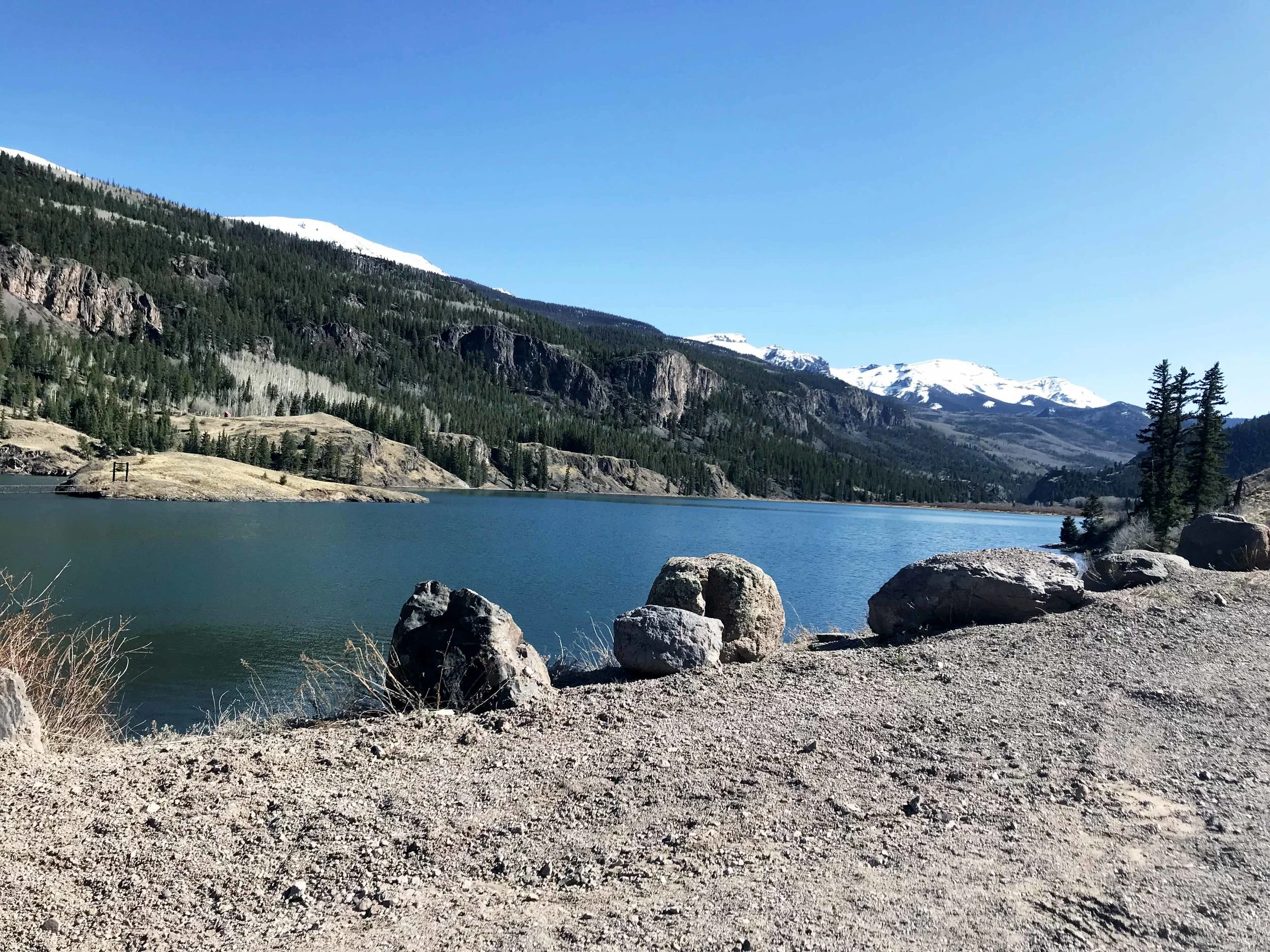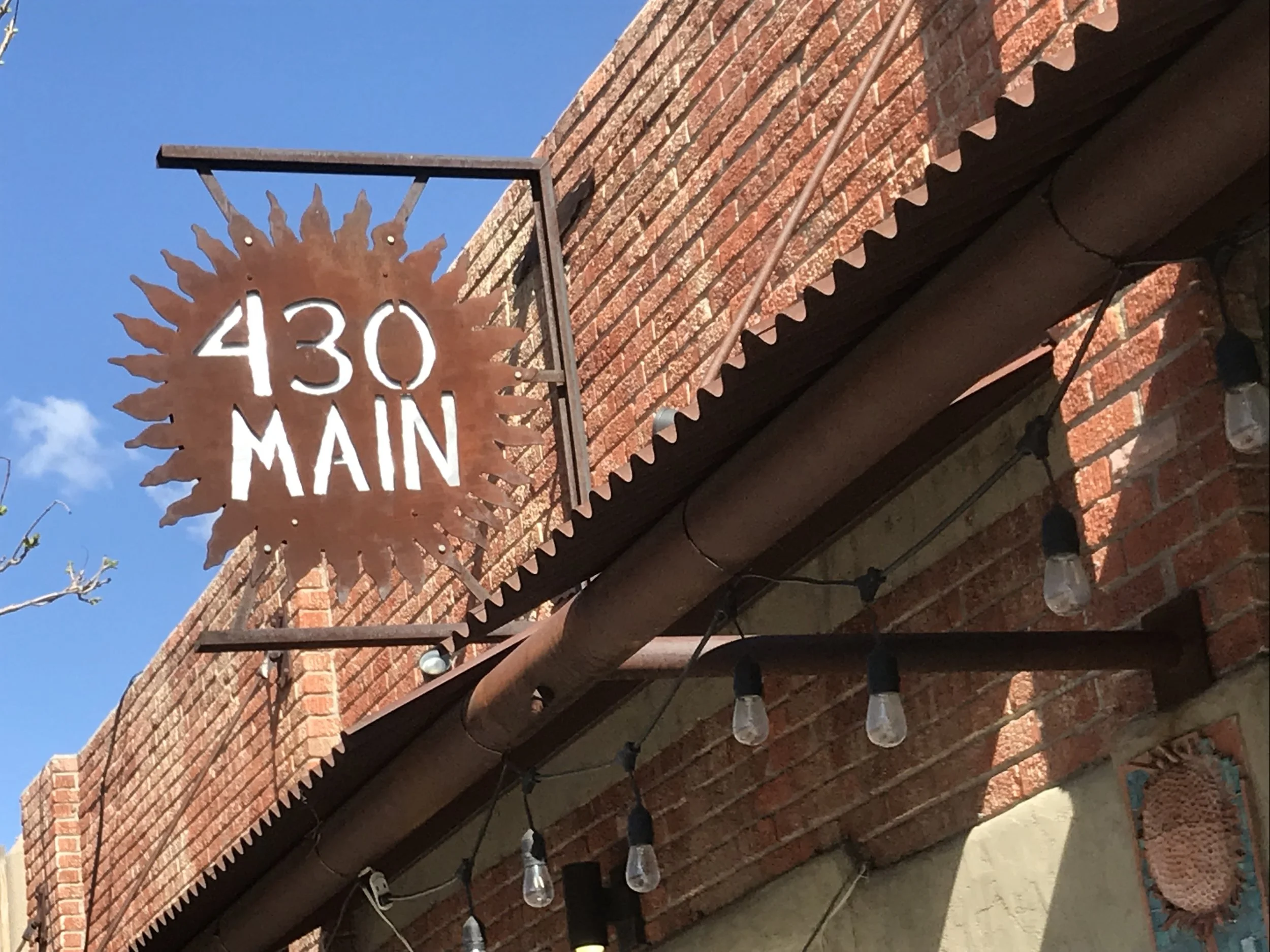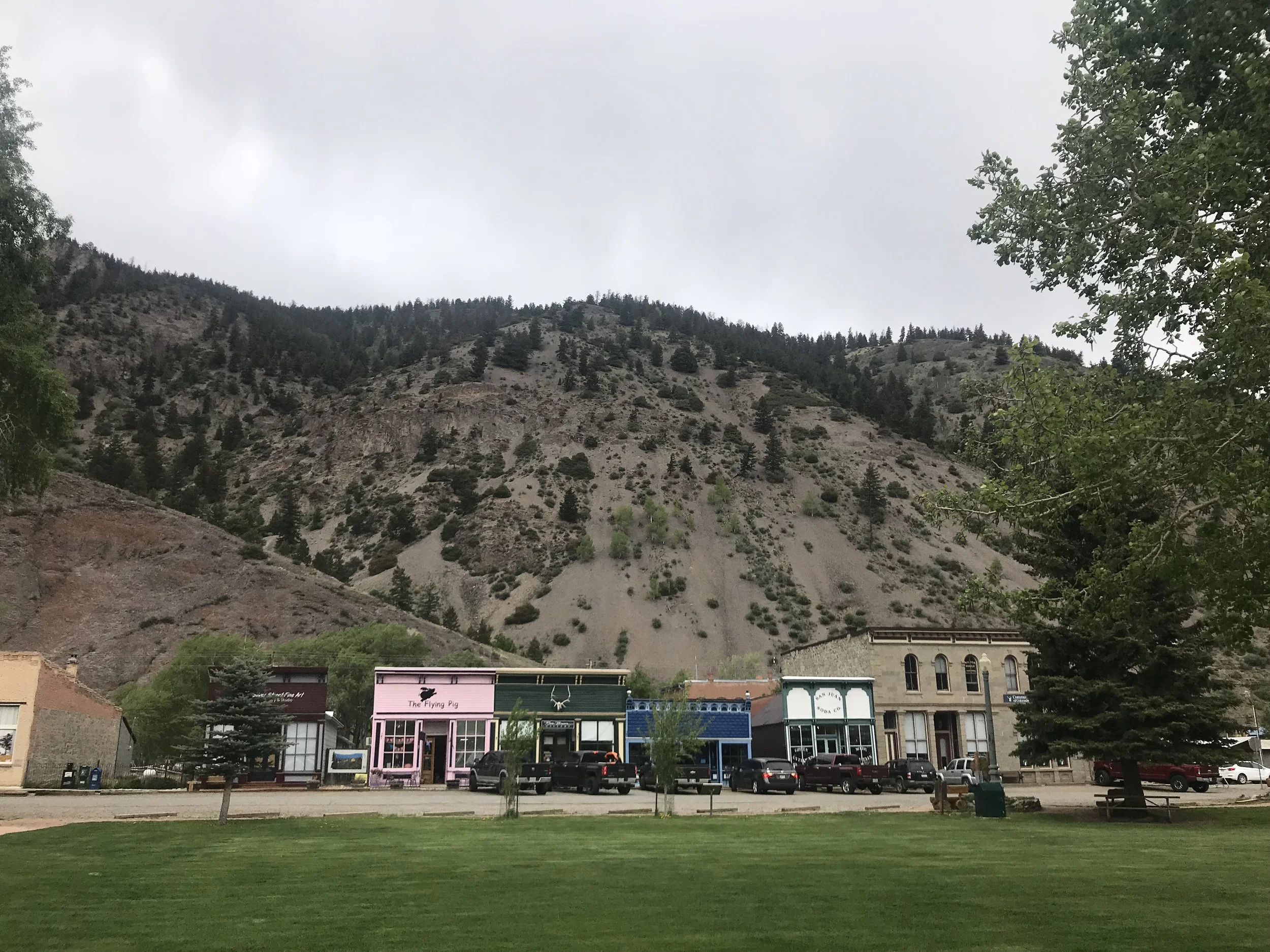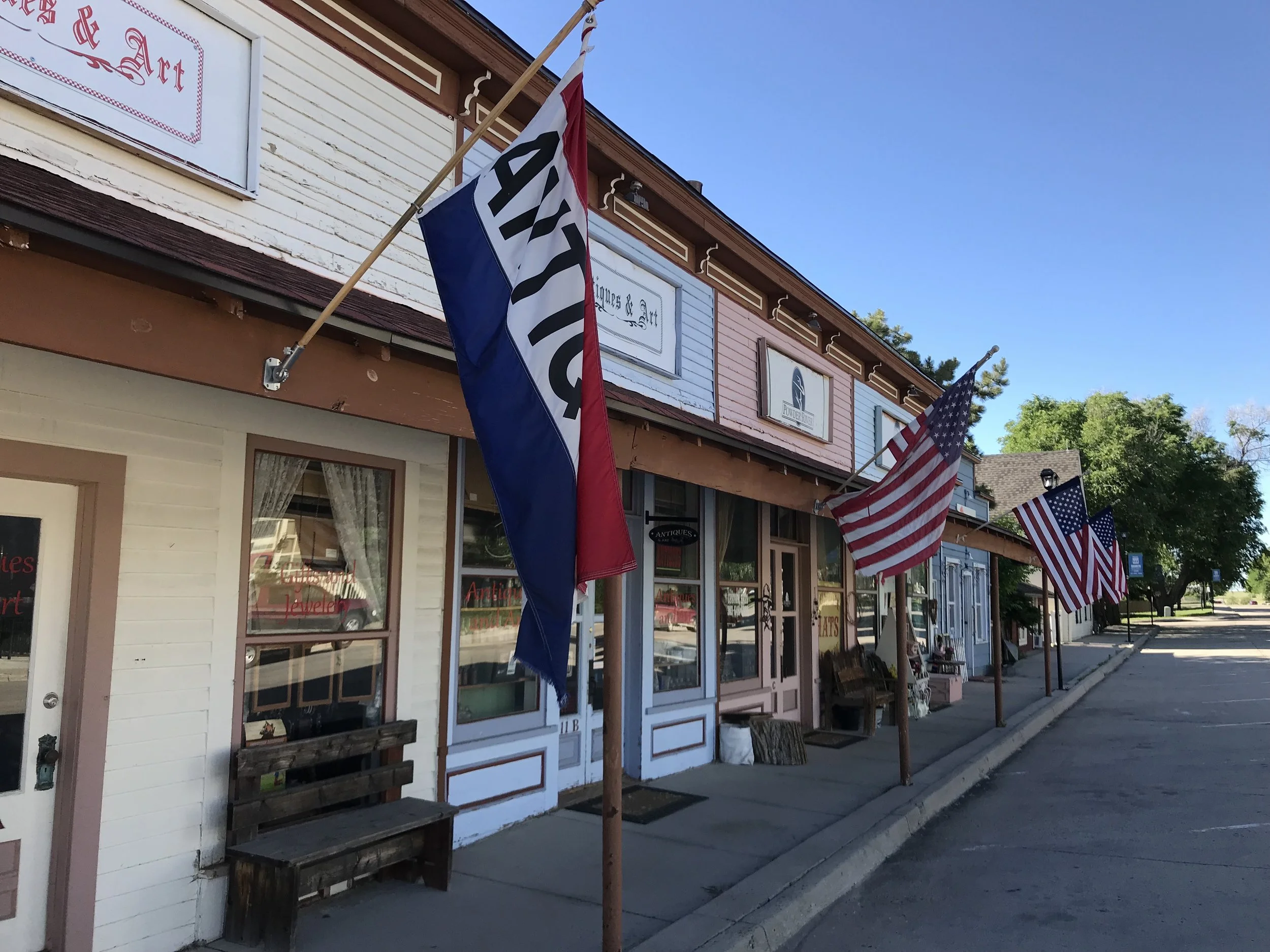The Pointy End of the Pickaxe: Golden Nuggets for Better Government Communications
By Matt Ashby, AICP CUD
Sixteen communities, eight weeks, and unmatched enthusiasm – phenomenal momentum has built up for telling great stories about Main Street thanks to an innovative project launched by the Colorado Department of Local Affairs’ (DOLA) Main Street Program. The program offers support for community-led downtown revitalization, helping communities thrive by providing a customizable framework to focus efforts, energy, and resources to create a more vibrant community.
Since the Economic Impact & Value Toolkit kicked off in spring 2018 to help tackle the issue of effective communication, the Pickaxe team traveled more than 4,130 road-miles to diligently document the people, projects, and places across Colorado Main Street’s network to highlight the best and brightest our communities have to offer.
For many folks in community development roles, conveying best practices and successes can be a daunting task that falls squarely on the “when I have time I really ought to” list. We understand the critical importance of the work that’s happening in Colorado communities and want others to share our enthusiasm. Compiling great stories assisted the 20 local Main Street programs across the state to communicate the benefits of their grassroots economic revitalization approach. The approach is easily transferable to local government entities and can provide a framework for creating, establishing, and sustaining a long-term plan.
Digging into Colorado’s roots inspired us to brand an effort that was a bit more creative. Taking the term “toolkit” to heart, the project moniker draws from tools historically used by Colorado pioneers to claim their stake and sink roots in the Centennial State. Chipping away at granite to expose a golden nugget, or cracking the hardpan to reveal the fertile soil below, the pickaxe was essential for prospecting miners and homesteading ranchers. DOLA is using Project Pickaxe to focus the spotlight on the efforts that are generating notable results on Main Street in communities across the State.
The process is relevant and replicable across many stretches of local government. In today’s world of social media, getting your message across clearly is more about quality versus quantity. Tailoring communications to the way your target audience prefers to receive information is critical.
Capturing the narrative while delivering a motivating message must happen quickly, or your audience will lose interest. This concept guided the Pickaxe process, which revolved around intensive, one-day workshops, which included five key elements (described below), lots of exploration, and a decent amount of hustle from the team.
Launching with a BrandScore worksheet allows participants to identify existing marketing and communication tactics and brand awareness. Considering the tools each community is using, the team provided follow-up recommendations to help Main Street programs leverage their brand equity more effectively.
Tailored communications are the focus of the Prime5 exercise. This workshop element identified five primary audiences that are frequently targeted, along with exploring their core values and preferred communication methods. The traditional audiences include government, owners, donors, volunteers and the public.
Deliberate framing of success stories can serve to highlight the results that matter most to the targeted audiences. Elected officials are typically interested in jobs, tax revenues, and other statistical data. The public and visitors want to hear what’s new and exciting in town. Investors want to hear a story about how local partners helped to support a recent redevelopment project. Molding your message to fit the audience that you are working with is key to determining the most effective communication strategy.
People enjoy a good story, and this is where the Main Changers take flight. This stage of the workshop identified storylines that focus on the great people, projects and places that illustrate big wins and capture the imagination. Community development is an adventure; telling these stories is a powerful way of conveying success and inspiring action.
These discussions helped the Pickaxe team craft communications recommendations. Along with the delivery of a Targeted 10 slide deck to help local communities tell their story, the Roadmap template enables communities to effectively map out their communication plan, which includes a delivery timeline. The impressive tools, along with a photo library, rounded out the toolkit delivered to each Main Street community.
ELEMENTS OF THE PICKAXE APPROACH
BRAND SCORE: Review of current marketing tactics & followup recommendations
PRIME 5: Discussion of five key audiences, their core values & communication strategies
MAINChangers: Digging into the storylines that illustrate big wins
Targeted10: Tailored slide deck to help tell the story to key audiences
ROADMAP: Template for mapping out communication delivery
What are a few of the key lessons learned to date from the Pickaxe tour? Here are three initial guidelines to effectively communicate your message:
#1 – Pick the Right Tool for the Job. While a pickaxe can be helpful in some instances, sometimes a little finesse is needed to avoid damaging the gold nugget. Similarly, understanding your audience is key to tailoring the message to the unique values your audience needs. Creating a social media post or short video may be more effective than a press release. Bottom line – think about customizing the approach to match the needs of the folks you are targeting.
#2 – Find Your Swiss Army Knife. Efficiency is key. Find stories that can be tailored to impact different audiences in an effective manner to minimize effort and maximize value. Most communities have unique businesses or attractions that can be highlighted, and with a little fine-tuning, telling stories about these establishments can demonstrate value for other audiences as well.
For the public – Locals and tourists want to hear about new and interesting places to visit.
For a business – When economic growth is highlighted, the owner feels supported and appreciated.
For government – Supporting economic growth is key to generating tax revenue, which means money is being spent in the community.
A great story about a local project can result in three distinct audiences being provided with a clear message that results in increased positivity toward the local government players involved.
#3 - Be the Disco Ball. Tell the story about someone else’s success. Shine the spotlight on businesses, projects, and events in your area that show a progressive culture of change. Ensure that your stories don’t make it appear as though you are taking credit for others’ successes, but rather serve as the “disco ball” to reflect the light from the positive endeavors in your community. This method will not only promote individual projects and businesses, but you’ll also share in the success as the caretaker of the great things that are happening in town.
One of the best benefits of the Pickaxe Workshops was the ability to focus time and effort on communications. Often a lost art, creating a message is typically rushed and may not effectively target your audience. Just like strategic planning retreats (which every community should regularly conduct), a communications workshop can be just the ticket to help elevate your ability to demonstrate positive achievements.
Colorado’s Main Street communities are pioneers. They are reinventing the traditional path to success and are determined to make a difference. For more information on the Pickaxe Project or to find out how your community can join the downtown grassroots revival, contact Gayle Langely at gayle.langley@state.co.us at the Colorado Main Street Program.
Matt Ashby and Ben Muldrow of Arnett-Muldrow and Associates
ABOUT THE AUTHOR:
Matt Ashby, AICP CUD, joined Ayres Associates in 2015, bringing urban planning expertise to complement Ayres’ engineering, architectural, geospatial, and environmental services. Based in Cheyenne, Matt provides planning services on projects nationwide. He served for seven years as the City of Cheyenne's planning director and brings 17 years of planning experience. Matt’s enthusiasm for vibrant community development sharpens the focus of Ayres’ work on brownfield redevelopment, transportation planning, urban park and recreation planning, and landscape architecture. Matt has served on the Wyoming Main Street Advisory Board and the Western Planning Resources Board of Directors.







